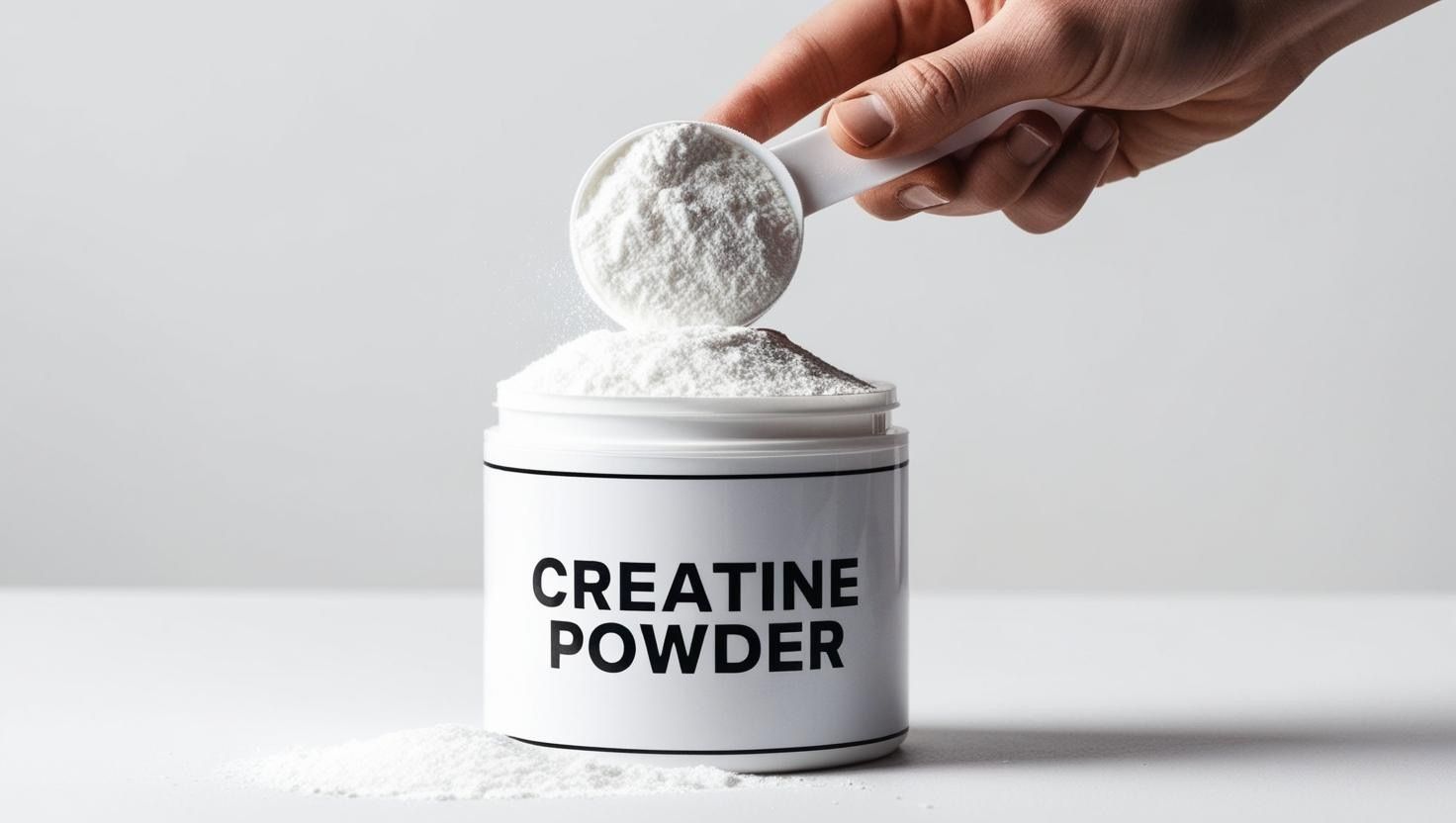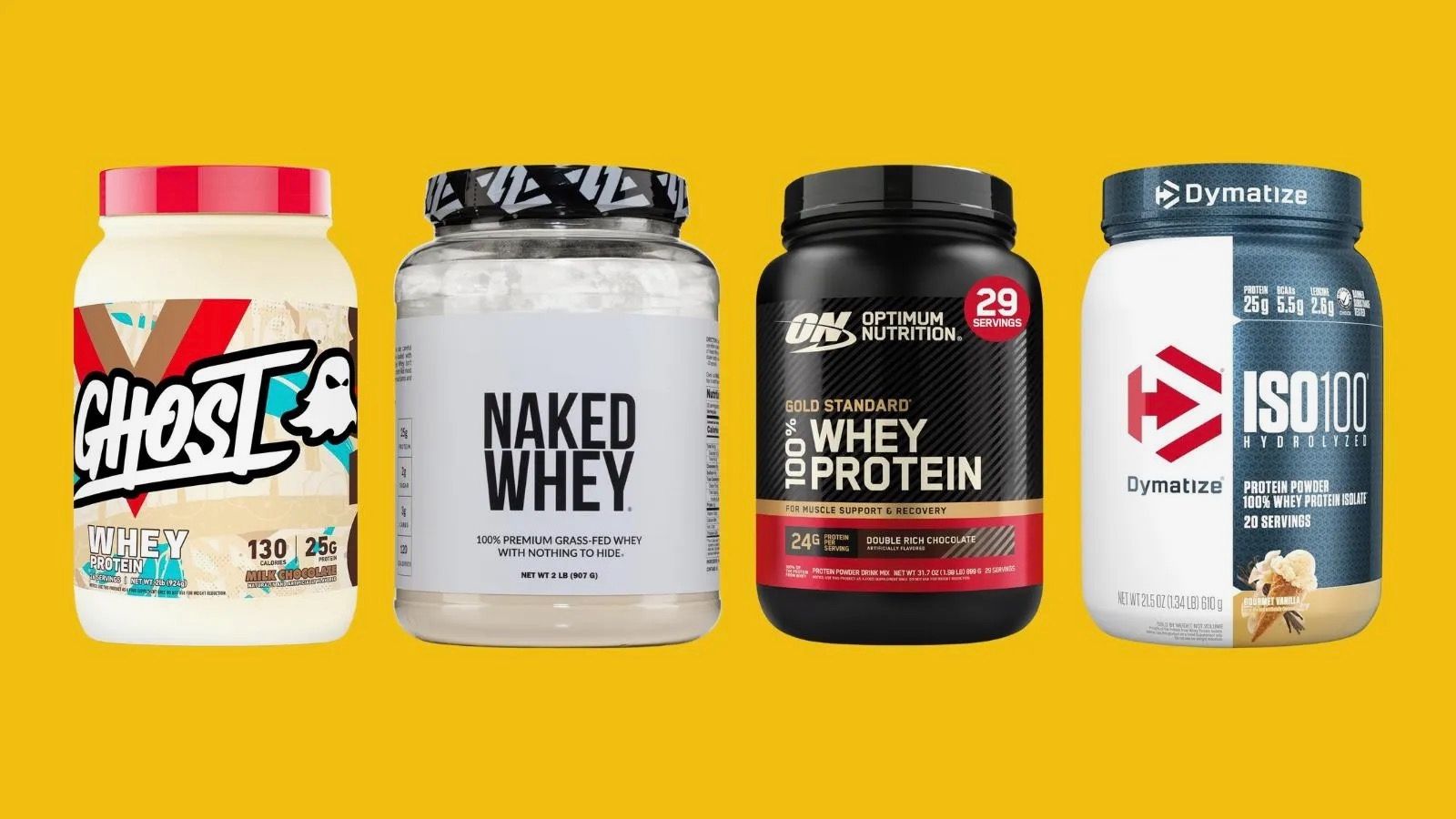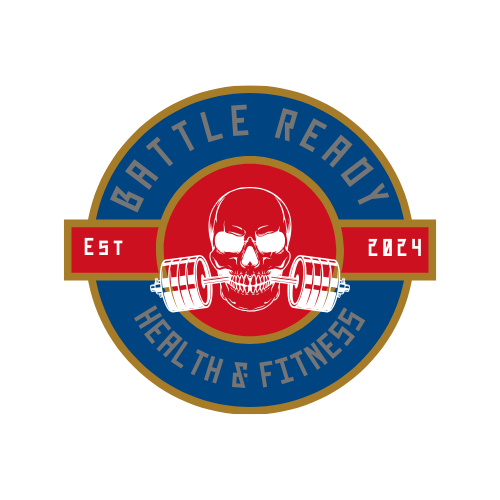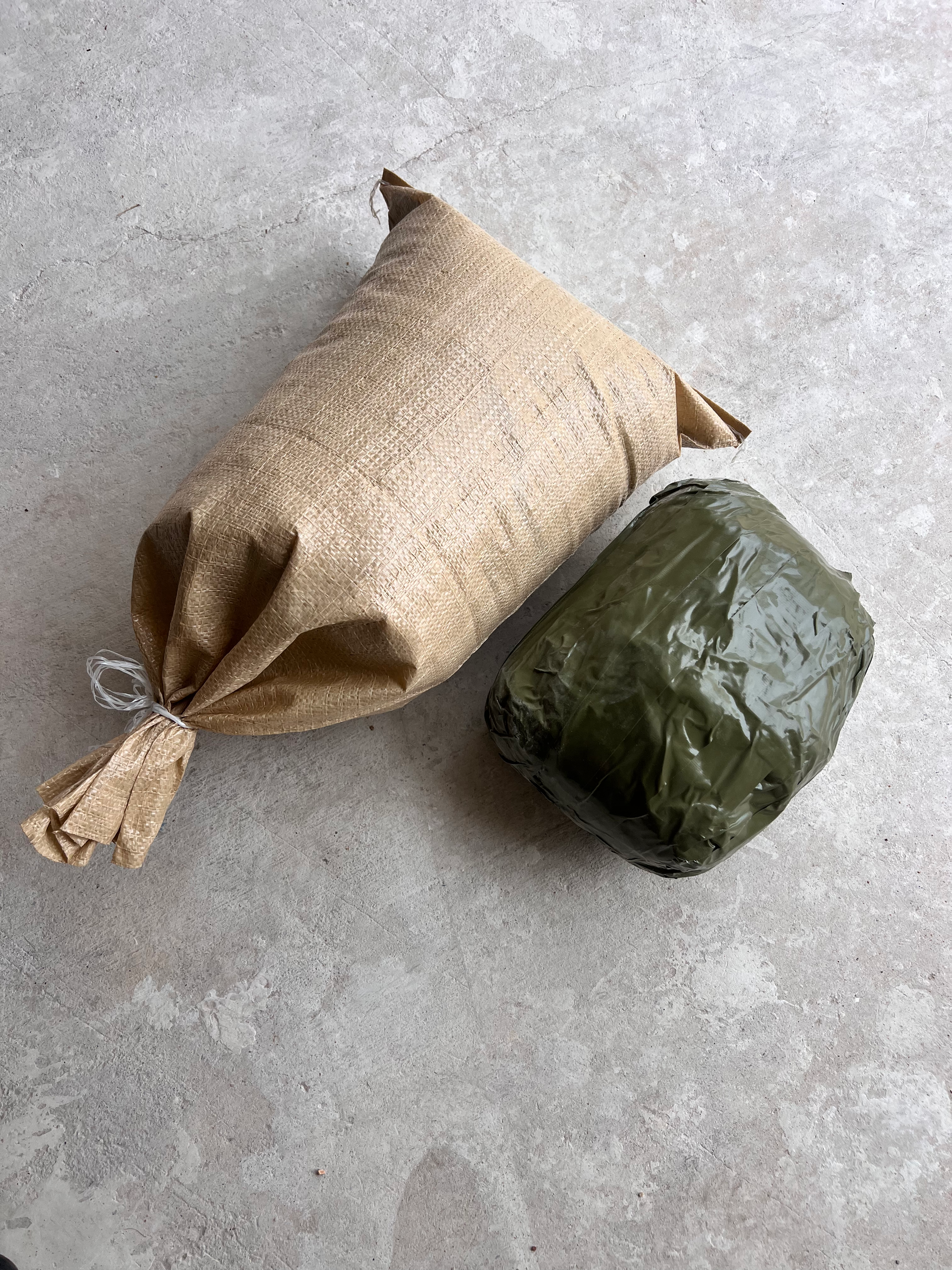Hiking Packs
Hiking Pack
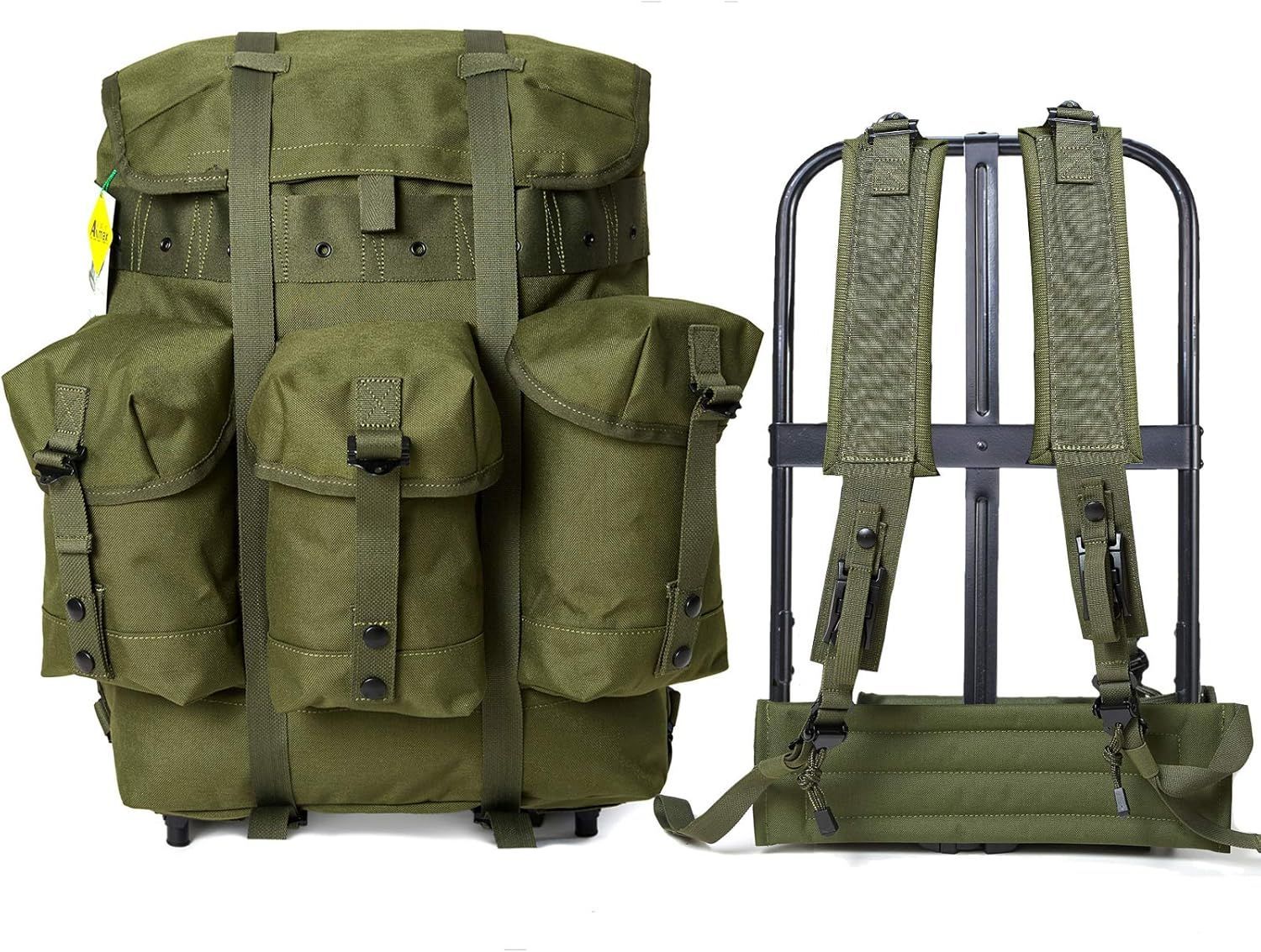
Ounces equal pounds and pounds equal pain. If you never heard that saying and you are thinking about joining the military then I promise it won’t be the last time you hear that. You know the true meaning of that statement if you’ve ever gone on a long camping trip, a long hike, or have had to just live out of a backpack. We aren’t going to talk about the essentials of what to pack and how to pack those goods in this blog but instead how we will be carrying that weight.
Hiking packs are available in a variety of options when it comes to application, modularity, and price. We are going to be covering four different backpacks that are available to buy online and we are going to go from lowest priced to highest. Again, these four are not the end all be all, the Marine Corps and Army have gone through different styles of main packs that are issued to their troops based on theater of operations as well as technological advances.
The first pack we are covering is the good old MT Military Alice Pack. Offered at amazon for $123 and although these aren’t the original OG Vietnam (1974) era frames, they are still made with durable aluminum and if they aren't humping more than 70lbs or so this will definitely suffice. The hard frame is one of my personal favorites because of the way it sits upright on your back, which most packs do these days, I just feel like the hard frames are always sturdier. I also love the retro look of the Alice Pack and the fact that you can really tighten it down as snug as possible when you have a Pig Egg in there (we will cover the Pig Egg in a separate blog). The pack has three utility pockets on the outside that have adjustable strap/buckle closures. The pack has a big pouch that is intended to hold a 117 PRC Radio but comes in handy for other things as well. The hard frame is detachable as is the hip belt so you could rock just the pack with the straps if you wanted to for whatever reason.
If you are not a fan of the hard frames, there is nothing wrong with that and the second hiking pack gives you a soft frame feature at the same price point as the Alice Pack. The Helikon-Tex Matilda Backpack is also offered on amazon for $130 which is another affordable and reasonable price for what you are getting. The Helikon-Tex Matilda has three external pouches similar to the Alice Pack but these are buckled and compatible specifically with hydration systems. There are two flap packets instead of just one big pouch like the Alice Pack and this pack also has a single strand of Molle panel for additional attachments. The capacity is also slightly larger in this pack and more user friendly than the Alice Pack.
Now that we have covered two packs that were more budget friendly and really all you would need for light to moderate activity (especially if you are going to follow the Combat Ready Program) we are going to cover two packs that are on the higher end. The only reason I would recommend these two packs over the last two is if you want it to last you as long as possible and you will actually use this pack for years to come. Remember, for those that are joining the Military, it is uncommon for them to allow you to wear your own pack or equipment in general so don’t buy one of these expensive packs thinking you will be able to use it in the Military because odds are you won’t be able to and definitely not at first.
The first of these two is the FAC Track Pack available on eberestock.com for $389. The Fac Track Pack is made for Forward Air Controllers i.e., the FAC, to live out of when they are on the battlefield. This pack consists of three external pouches that are modularly different from the first two packs and offers Molle all throughout for additional attachments if needed. The appearance of the pack is also very appealing and probably my favorite out of the four we are covering. One of the main advantages of this soft frame pack is the comfortable hop belt and shoulder harness assembly that is designed for optimal load carriage and long-term wearability. This pack also has a hydration carry system included, a rain fly included, and has a gossamer frame built into the pack. Their website also offers various accessories and pouches that are made to fit the pack which gives more to its modularity.
The last pack we will cover is also from Eberlestock but this one is offered on amazon. Coming in at the highest priced pack of the blog at $399, the J51 Warhammer Pack. The J51 Warhammer has the frame system to scale the original Alice Pack frame. The unique feature this pack offers is the way it was constructed with a hybrid internal-external frame. The idea behind that is that it gives the user the comfort and quiet of an internal frame pack while having the load-bearing ability and performance of an external frame pack. This pack is also by far the most modular allowing you to configure it in a multitude of ways which is pretty cool if you are into hunting, camping, and other outdoor activities, this pack allows you to do them all!
Again, there are other options out there which are offered at different price points so do your research and see what fits your financial and practical needs the best. At the end of the day, you really can’t go wrong with the Alice Pack. I still have my very first one that I bought from a Military surplus store (GI Joes in Oceanside, CA outside Camp Pendleton) and I still use it to this day. No tears, rips, or issues with carrying anything I have put in it. It does not give me the same modularity as some other packs offer but that is not what I am using it for still so see what you need a pack for if you are in the market for one. Links are below!
Hiking Packs
MT Military Alice Pack $123 -
Link To Purchase
Helikon-Tex Matlida Pack $130 -
Link To Purchase
FAC Pack $389 -
Link To Purchase
Eberlestock Pack $399 -
Link To Purchase
